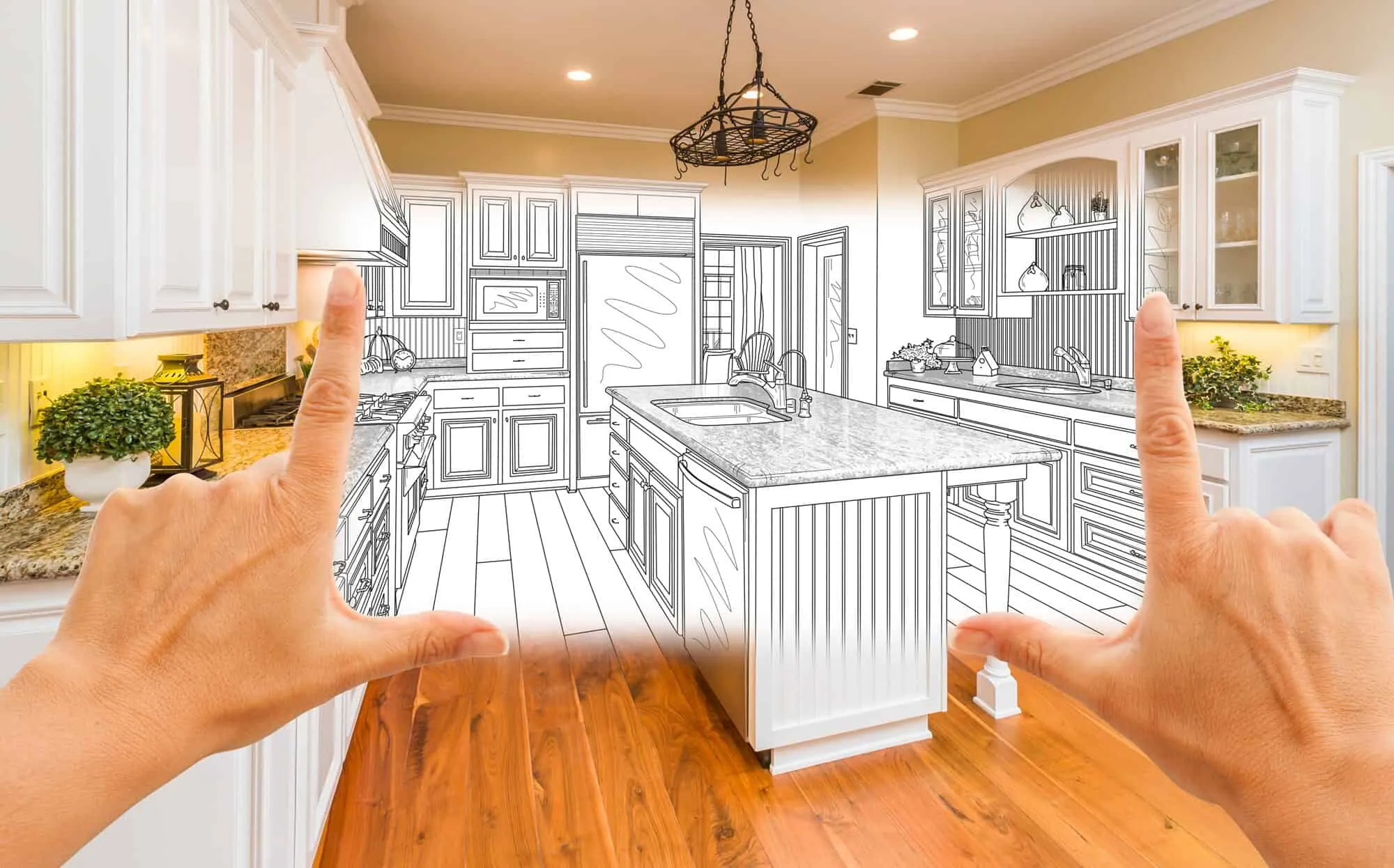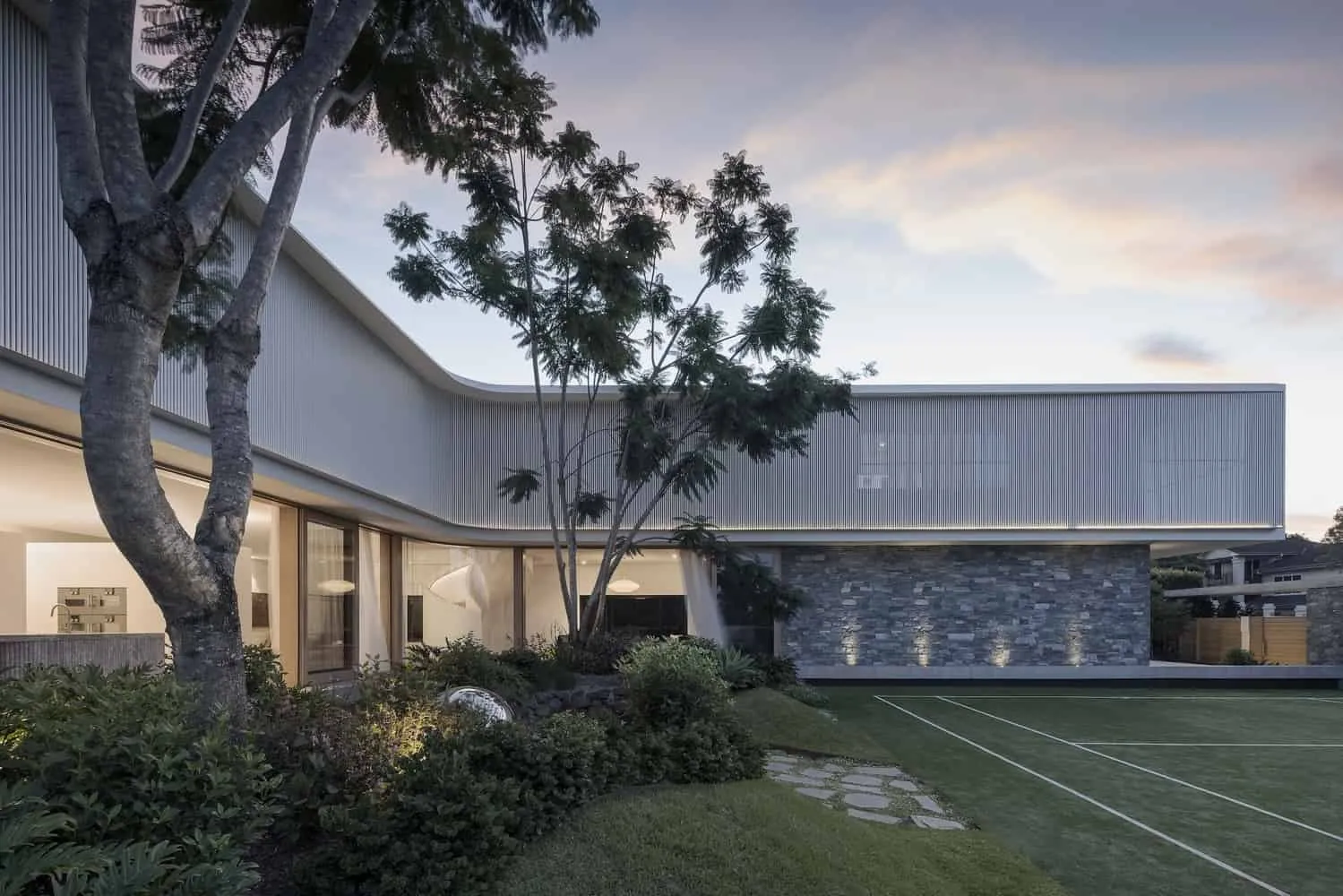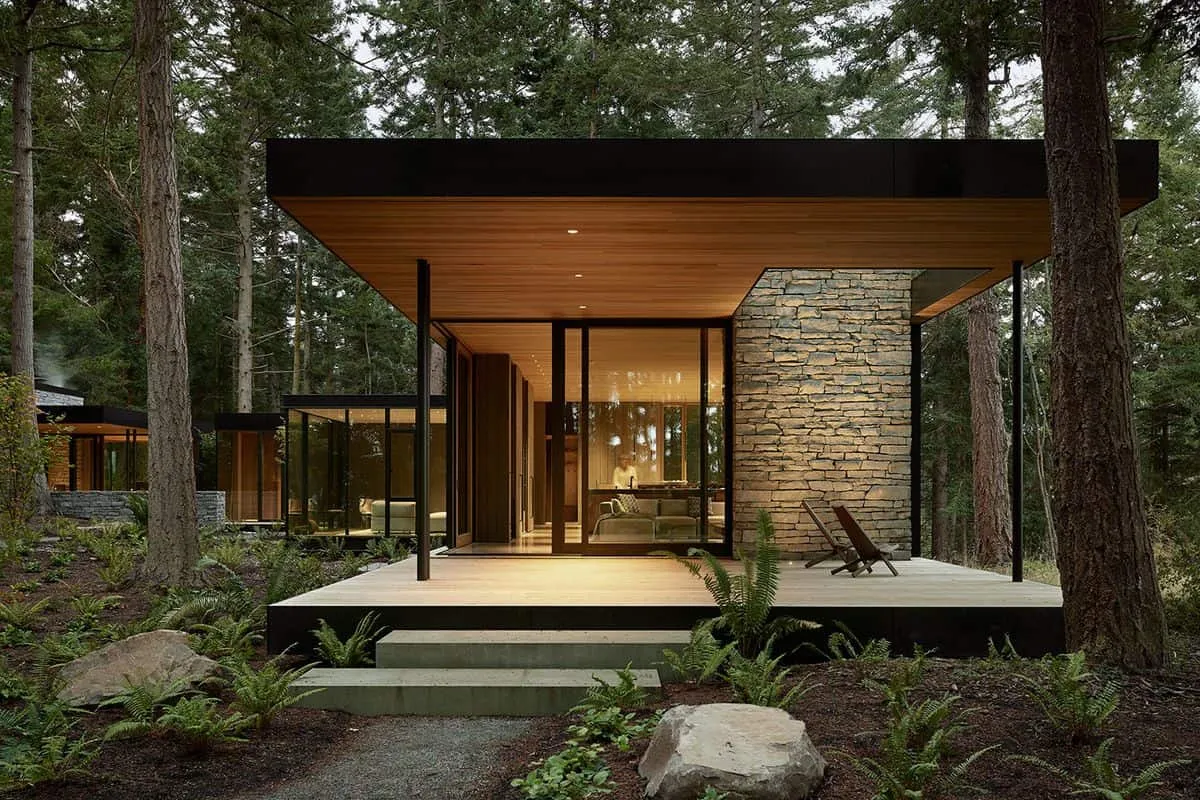There can be your advertisement
300x150
Home Renovation Budgeting: Tips for Saving Money
Starting a home renovation project can be both exciting and potentially stressful. With careful planning and smart budget allocation, you can update your home without significant financial strain. For those considering a home renovation, understanding the nuances of budgeting can significantly reduce financial hassles and help turn your dream into reality.
This guide offers a comprehensive budgeting strategy for your home renovation project, blending desire and practicality without compromising on quality. Whether you're planning a minor update or a major overhaul, these tips will help you use your resources effectively and achieve a successful and satisfying outcome.
Key Points:
- Identify and prioritize the most important elements of your project to avoid unnecessary expenses.
- Research and compare costs for materials and labor from different suppliers and contractors.
- Account for unexpected expenses and set aside a contingency fund.

Understanding Your Budget
Knowing your financial limitations is essential before starting a renovation. Evaluate your family's income and expenses to determine how much you can allocate toward the project. Consider potential additional funding sources such as savings, a mortgage loan, or a line of credit.
Once you've set your budget, identify priority areas for renovation in your home. Consider factors such as functionality, aesthetics, and return on investment. For example, kitchens and bathrooms typically offer the highest resale value. It's important to distinguish between necessary and desirable elements, ensuring your budget focuses on the most impactful changes.
Researching Costs and Getting Quotes
After setting priorities, the next step is to research costs related to your renovation goals. This includes gathering information on material and labor prices. Price differences can be significant depending on region, availability, and quality of resources. Choose a combination of quality and affordability that fits within your budget constraints.
Collect several quotes from different contractors to clearly understand renovation costs. Ensure each quote includes labor, materials, and additional fees. This allows you to compare contractors and select the one whose services meet your needs and goals.
Planning for Unexpected Expenses
Unexpected costs are almost inevitable in any renovation project. It's wise to allocate a contingency fund—typically 10–20% of your total budget—for covering possible surprises. These may include hidden structural issues or decisions to upgrade materials during the work.
Including a contingency fund in your budget provides financial flexibility and reduces stress. It allows for necessary adjustments without disrupting the project timeline. Avoid using this fund for unnecessary upgrades, reserving it only for unforeseen circumstances requiring immediate action.
Choosing Cost-Effective Alternatives
Cost-effectiveness doesn't mean compromising quality. Many affordable options provide style and durability, allowing you to achieve your desired look while staying within budget. Visit thrift stores, online retailers, and clearance sections to find deals on gently used or overstock items that can enhance your design without a large budget.
Focusing on cost-conscious choices, such as painting instead of replacing cabinets or choosing laminate over hardwood flooring, can lead to significant savings. Balancing these decisions with a few well-chosen improvements allows you to achieve a harmonious blend of luxury and savings.
Managing the Renovation Process
Once your budget is set and decisions are made, attention shifts to executing the renovation. Effective communication with contractors helps keep your project on schedule. Regular updates and open communication help avoid misaligned expectations and timelines.
Efficient project management will keep track of progress and expenses. Consider using project management tools or technologies to ensure smooth execution.
Conclusion
A successful home renovation project depends not only on creative vision but also on careful financial planning. Budgeting ensures your dream of renovation becomes reality without unnecessary financial burden. Whether you're updating one room or undertaking a full-scale overhaul, these tips will help guide you through the entire process.
Integrating strategic financial planning, smart shopping, and necessary contingency funds allows you to master the art of home renovation budgeting. This approach leads to a more enjoyable and successful renovation experience, creating a beautiful and functional space that you and your family will appreciate for years to come.
More articles:
 Bold by Devoteam Dedicates City of Porto
Bold by Devoteam Dedicates City of Porto Bombay House by TIM Arquitectos: Concrete House with Geometric Elegance
Bombay House by TIM Arquitectos: Concrete House with Geometric Elegance Boncœurs Sets the Standard for Elegant Interior Design
Boncœurs Sets the Standard for Elegant Interior Design Bumerang House by Joe Adsetts Architects: Curved Modern Comfort in Escott
Bumerang House by Joe Adsetts Architects: Curved Modern Comfort in Escott Bumerang House | In House | San Roque, Brazil
Bumerang House | In House | San Roque, Brazil Bought a House with a Boiler? Here Are 5 Tips to Make It Last Longer
Bought a House with a Boiler? Here Are 5 Tips to Make It Last Longer Boulevard House by Green Sheep Collective in Melbourne, Australia
Boulevard House by Green Sheep Collective in Melbourne, Australia Boulle Furniture Sets Establish the Standard of Excellence Through Master Craftsmanship
Boulle Furniture Sets Establish the Standard of Excellence Through Master Craftsmanship